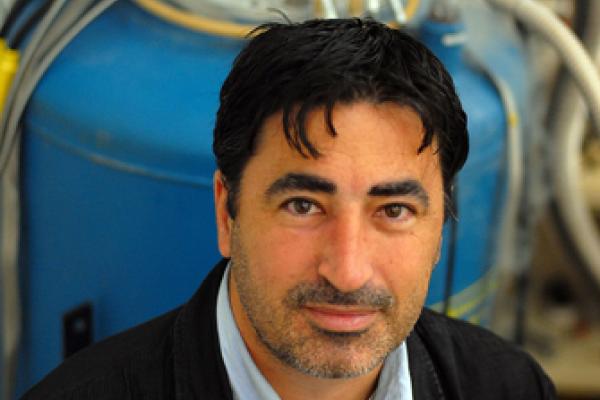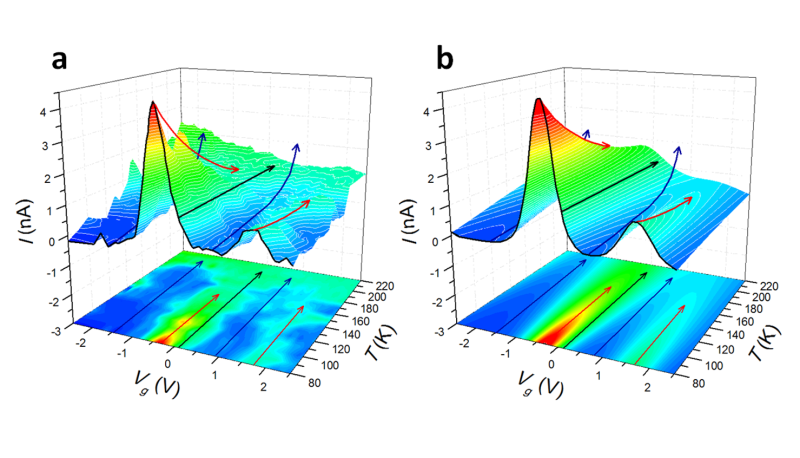
Please join us for a CME Seminar presented by Professor Enrique del Barco from the University of Central Florida as he shares his research on "Tunneling In Single-Molecule Junctions: Temperature And Gating Effects."
Abstract
Understanding how the mechanism of charge transport through molecular tunnel junctions depends on temperature is crucial to control electronic functionality in molecular electronic devices. So far only a few systems have been investigated as a function of bias and temperature and, consequently, thermal effects in molecular tunnel junctions are still poorly understood. I will present a detailed charge transport study of an individual redox-active molecule (based on ferrocene) over a wide range of temperatures and applied potentials. The results show the temperature dependence of the current to vary strongly as a function of the gate voltage. Specifically, the current across the molecule: i) exponentially increases in the Coulomb blockade regime; ii) decreases at the charge degeneracy points; and, iii) remains constant with temperature at resonance. Our observations can be well accounted for by a formal single-level tunneling model where the temperature dependence relies on the thermal broadening of the Fermi distributions of the electrons in the leads. I will also discuss the temperature behavior of tunneling through a compound molecule which behaves as a double quantum dot. In this case, charging of one dot electrically gates the electrostatic potential of the neighboring dot, making the conduction to transit from the inverted Marcus regime (T-independent) to the thermally activated Marcus regime.

Figure 1: a) 3D plot of the evolution of the tunnel current through a S-(CH2)4-Fc-(CH2)4-S junction vs. gate voltage as the temperature is increased from 80 to 220 K for Vsd = 10 mV. The evolution of the two charge degeneracy points (-0.3 V and 1.7 V), whose magnitude decreases with increasing temperature, can be appreciated following the red arrows in both the 3D data and its 2D horizontal projection in the Vg-T plane. Similarly, the increase with temperature in the Coulomb blockade areas can be seen by following the blue arrows. The black arrow shows the case for which the molecular level matches the electrostatic potential of one of the leads (resonance), a situation leading to almost negligible temperature dependence. b) Corresponding response of the junction as calculated from a coherent single-level tunneling transport model.
